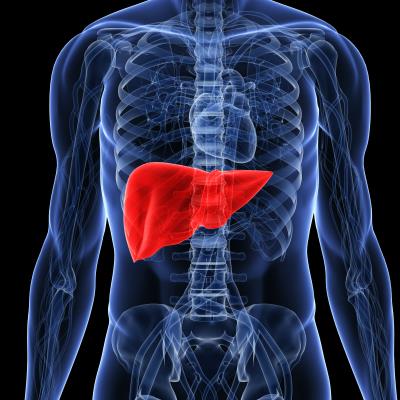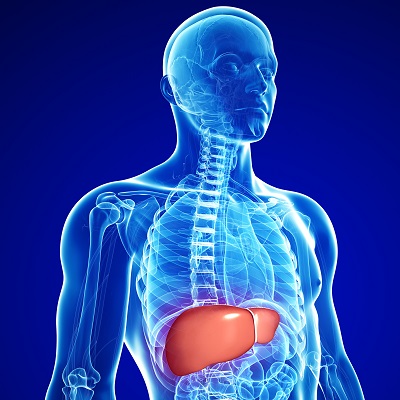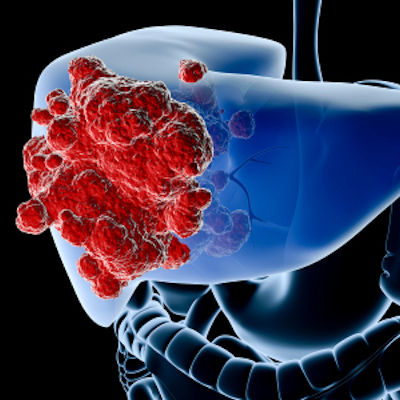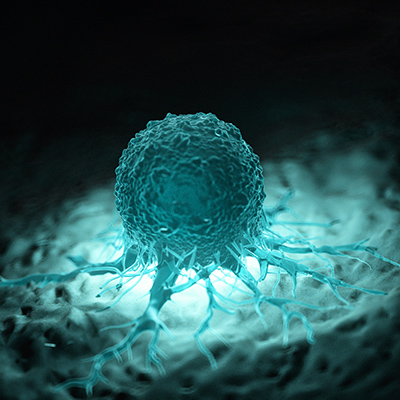January 5, 2023 -- Icahn School of Medicine researchers are using cutting-edge technologies to uncover novel candidate drug targets for nonalcoholic fatty liver disease (NAFLD). The NIH-funded research, published on Wednesday in Science Translational Medicine, could lead to new treatments for this serious disease.
An estimated 35% of U.S. adults are affected by NAFLD; about 20% of these patients have progressed to nonalcoholic steatohepatitis (NASH), the fastest-rising cause of liver cancer worldwide. NASH, marked by liver inflammation, may progress to advanced fibrosis or scarring (cirrhosis) and liver failure. Attempts to block fibrosis are central to treating NASH, yet no drugs are currently approved for this purpose.
The researchers used innovative methods, including both single-nuclear sequencing of mouse and human liver tissue and 3D glass imaging -- a deep-learning and advanced optics technology -- to characterize key scar-producing liver cells. They discovered a cell-to-cell communication network that drives scarring as liver disease advances. The single-nuclear sequencing was performed in parallel studies of mice with NASH, human liver tissue from nine subjects with NASH, and two controls.
To understand the basis of fibrotic scarring, the researchers studied hepatic stellate cells, the key scar-producing cells in the liver. They discovered that in advanced disease, stellate cells develop a dense network of interactions among themselves that facilitate 68 unique interaction pairs not previously identified in liver disease.
Of these 68 pairs, shared across the two species, they confirmed the importance of one protein pair, NTF3-NTRK3. Using a molecule already developed to block NTRK3 in human cancers, they sought to repurpose this existing cancer drug as a NASH fibrosis drug, testing it in mice as a proof of concept.
This new understanding of fibrosis development indicates that advanced fibrosis may have a unique repertoire of signals that accelerate scarring, and that these may serve as previously unrecognized drug targets. The researchers hypothesize that, since cellular communication seems to evolve as liver disease progresses, some drugs may be more effective earlier on, and others at more advanced stages.
They are working with chemists to optimize NTRK3 inhibitors for liver fibrosis treatment. Next, they plan to screen all candidate interactors in a cell culture system, followed by testing in preclinical liver disease models. They also hope to determine whether similar interactions among fibrogenic cells underlie fibrosis of other tissues, including heart, lung, and kidney.
"In combining this new glass liver imaging approach -- an advanced tissue clearing method that enables deep insight -- along with gene expression analysis in individual stellate cells, we have unveiled an entirely new understanding of how these cells generate scarring as NASH advances to late stages," Icahn Mount Sinai senior author Dr. Scott Friedman said in a statement.
Copyright © 2023 scienceboard.net













